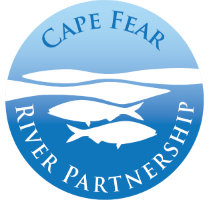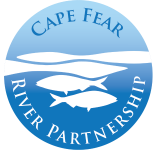ABOUT THE COMMITTEE
Habitat, simply put, is the place that organisms live. In the aquatic environment, a description of habitat depends on the type of organism and the life stage. The life stages of a fish are egg, fry, juvenile and adult. The measure of success for a fish is its ability to mature to an adult, spawn and produce another generation, hopefully to adulthood. The level of success is dependent upon the availability of suitable habitat for each of the life stages.
Although the habitat requirements and life stages may be different, a similar story can be told for a mussel, dragonfly or copepod. Pressures that exist to negatively impact the abundance and reproductive success of aquatic organisms are associated in part with the destruction of riparian habitat and modifications of flow quantity and quality such that the habitat is rendered unsuitable. Spawning and nursery habitat for anadromous fish, such as flooded hardwoods and shoreline vegetation, can be degraded by forestry, agricultural and development practices that do not implement suitable best management practices.
The alteration of the quantity and timing of stream flows in the Cape Fear River basin due to the direct or cumulative effect of irrigation, public water supply withdrawals, and dam releases associated with hydroelectric generation, flood control and minimum flow requirements can alter sediment transport, dewater habitat, interfere with nutrient cycling and sever the connection to the floodplain. In areas of high boat traffic, wakes can cause severe bank erosion, creating steep banks that isolates the flood plain and alters the riparian hydrology.
ACHIEVEMENTS & CHALLENGES
The Habitat Committee recognizes the need to protect, enhance, restore prioritized habitats important to anadromous species, as well as the habitat of prey species on which they depend; identify, map and facilitate policy mechanisms to prevent habitat loss and incentivize habitat gain in major rivers and key tributaries; establish partnerships by recognizing and generating mutually beneficial gains; and assess the need and ability to operate Jordan Reservoir Dam for effective ecological flows in the Cape Fear River. One effort of members of the Cape Fear River Partnership is the establishment of “living shorelines.”
COMMITTEE UPDATES
News and project updates relating to Habitat.


